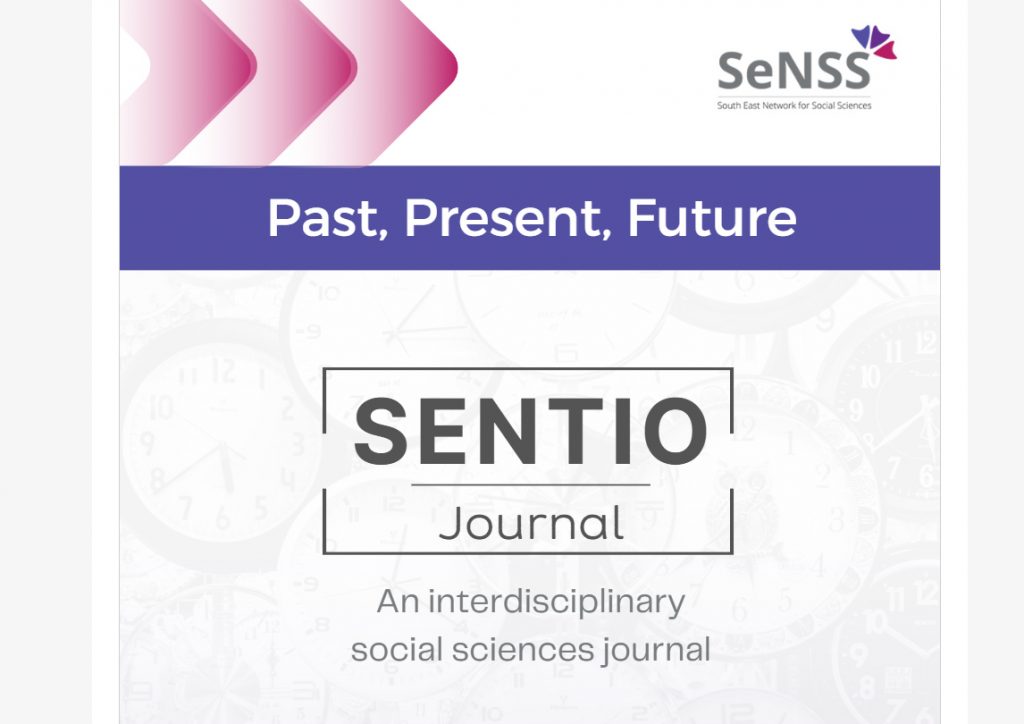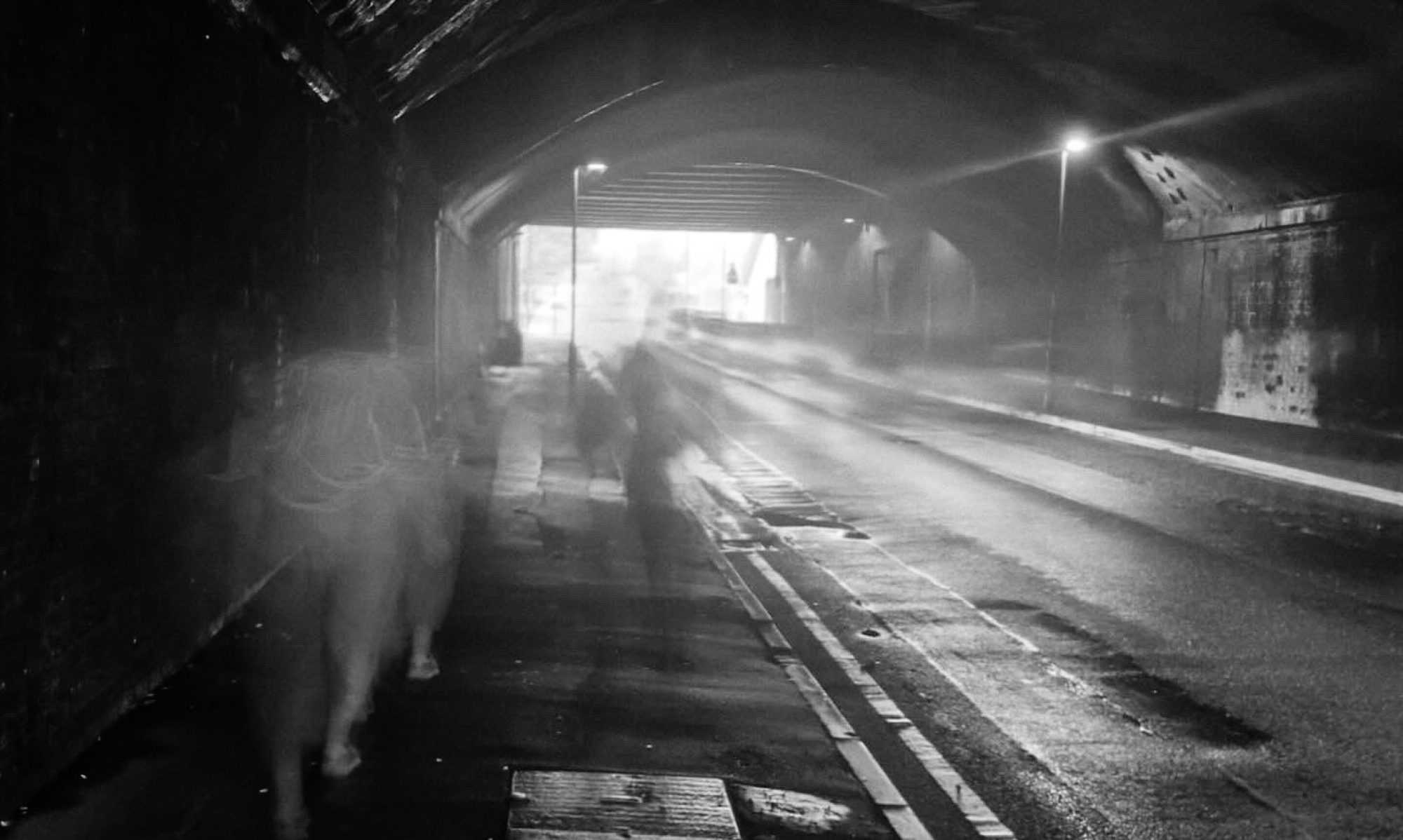Auto-photography and Collaborative Drawing: How Can Autistic Researchers Foster Inclusion Through Method Selection and Development to Investigate the Design of the Built Environment?
In this journal article for Sentio, I dive into how selecting and developing inclusive research methods can open doors for autistic researchers and participants, creating richer, more accessible forms of engagement. Traditional qualitative methods, like interviews, often rely on verbal communication and reading subtle cues, which can create barriers for autistic individuals. Autism is commonly described as a communication disorder, but the full picture is more complex: neurotypicals (those, who are not neurodivergent or autistic) and autistic people often struggle to fully understand each other, a phenomenon known as the “double empathy problem.” This issue arises because neurotypical people don’t always interpret autistic communication accurately, and vice versa, leading to misunderstandings.

In this journal article, I advocate for two research methods—Auto-Photography and Collaborative Drawing—that may better support autistic individuals, both as participants and researchers. These methods are more than just alternatives to traditional interviewing; they offer new ways for autistic voices to shape knowledge. Through Auto-Photography, participants can visually document their perspectives and experiences, reducing the reliance on verbal communication. Similarly, Collaborative Drawing allows researchers and participants to connect through a shared creative process, which can be especially beneficial for those who’s primary method of communication is not verbal.
By incorporating these methods, I believe that we can support a diverse range of communication styles in research, fostering a truly collaborative environment where autistic researchers and participants can co-create knowledge. These inclusive approaches have the potential to enrich not only our understanding of autistic experiences but also to inform the design of physical spaces that reflect and accommodate the needs of neurodivergent communities. In this way, methods like Auto-Photography and Collaborative Drawing don’t just complement traditional approaches—they actively expand the research landscape, making it a place where everyone’s voice can be authentically represented.
If you’d like to read the article in full and cite me! The link to my ResearchGate Account is here.

